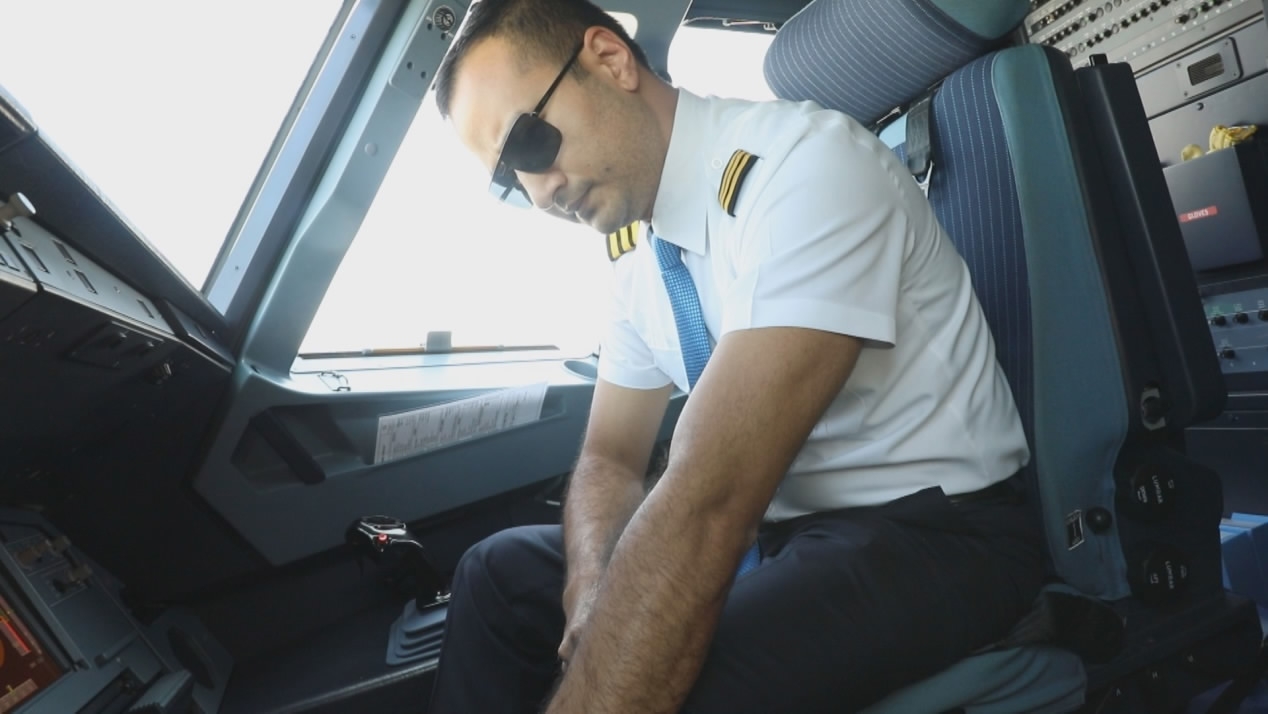
Business
09:30, 23-Nov-2017
Faces of the Belt & Road: Chinese and Nepali airline companies team up in Kathmandu
CGTN's Ge Yunfei

According to Nepali tradition, friends and relatives are expected to throw a pregnancy party for expectant mothers.
Tsering Raut, a cabin crew manager of Himalaya Airlines in Nepal, is having one of those parties with her colleagues.
Himalaya Airlines is a China-Nepal joint venture. Among the 91 cabin crew members, 85 are local Nepalese and only two are Chinese.
Starting as a stewardess, it took Raut two years to grow into a cabin crew manager. “The airlines gave us a lot of opportunities,” she said.
Nepal is a landlocked country sitting at the foot of the Himalayas, bordering China and India. It is still seen as an underdeveloped place in the aviation world.
Nearly 1.7 million air passengers arrived in Nepal’s capital Katmandu in 2016. But for a country so heavily reliant on tourism, its own aviation industry is still weak and has lagged behind demand.
A Chinese company, Tibet Airlines, saw the opportunity in Nepal.
Founded in 2010, Tibet Airlines is a young and small player in the hyper-competitive Chinese market. As the Chinese government launched the Belt and Road Initiative four years ago and encouraged companies to go abroad, the company decided to take the opportunity to explore the Nepali market.
In 2014, there were more than 30 international airlines operating in Katmandu. Among them, Nepali Airlines was the only local airlines with international flights. But soon its planes became too old to fly.
So the two parties saw this as win-win opportunity. In September 2014, Himalaya Airlines was founded with Nepal's Yeti Airlines holding a controlling 51-percent stake and China’s Tibet Airlines having 49 percent.
Back in 2013, Nepal was on International Civil Aviation Organization’s black list for safety concerns. In order to change the situation, the Himalaya Airlines worked with the Nepali authorities to improve their safety conditions. Their efforts paid off, as Nepal was removed from the list this July.

A pilot with Himalaya airlines makes preparations for take-off./ CGTN Photo
A pilot with Himalaya airlines makes preparations for take-off./ CGTN Photo
Exporting labor is one of the most important pillars of Nepali economy. According to Zhao, most of their air routes are between Nepal and the Middle East countries, which are the major destinations for Nepal's migrant workers.
“Our flights to the Middle East are popular because these workers are confident about our flight security,” Zhao said.
At the moment, Himalaya Airlines only has three A320 airbuses. But Zhao says it will have 15 more planes in five years, with at least three larger airliners like the A330.
With a growing number of Chinese businesses coming to Nepal, the company's next step is to open direct routes to Hong Kong and Beijing.

SITEMAP
Copyright © 2018 CGTN. Beijing ICP prepared NO.16065310-3
Copyright © 2018 CGTN. Beijing ICP prepared NO.16065310-3